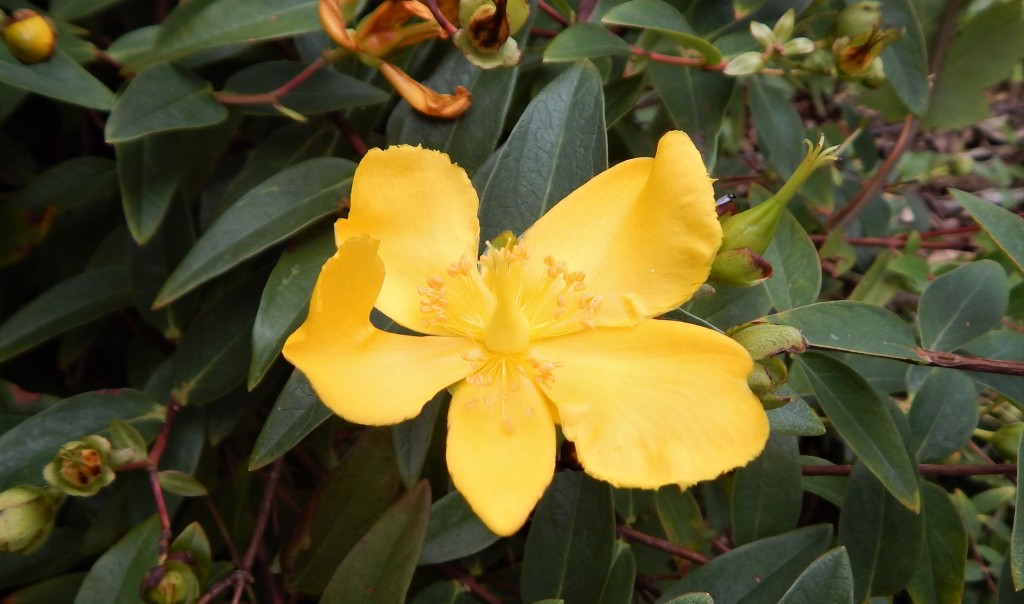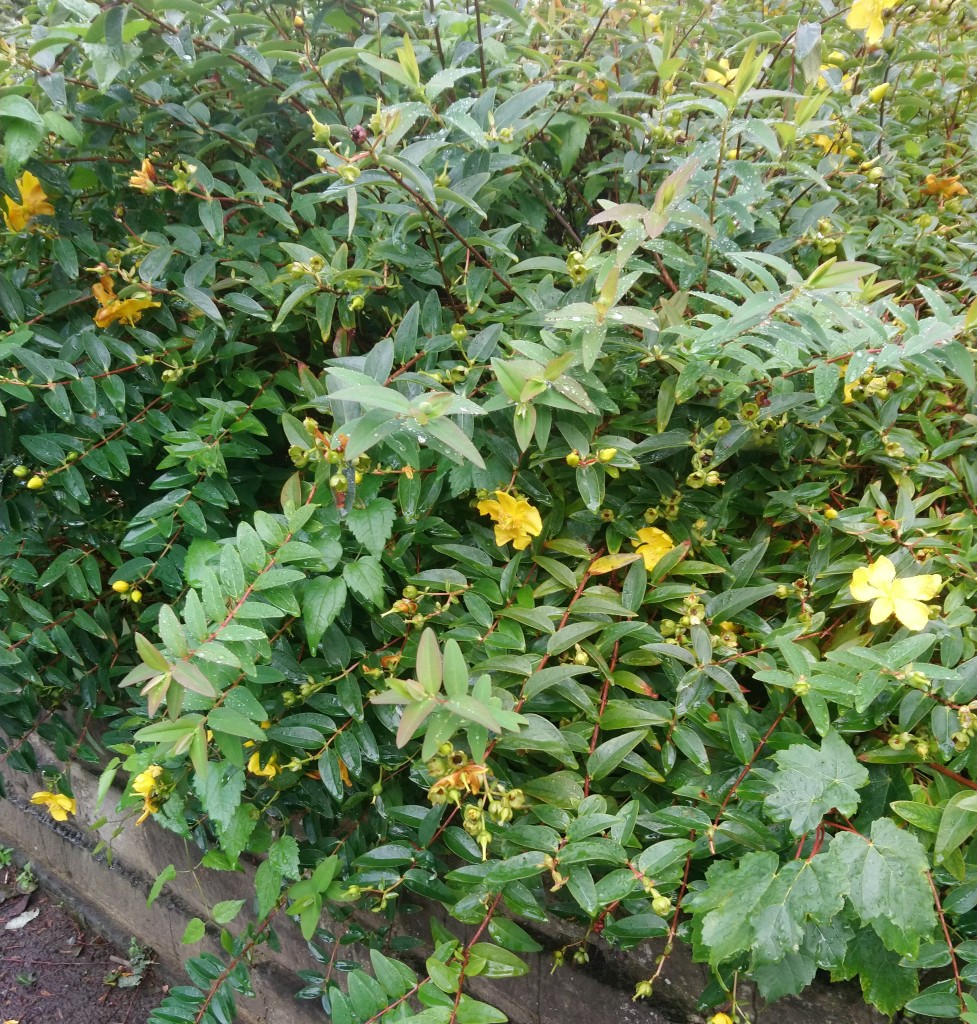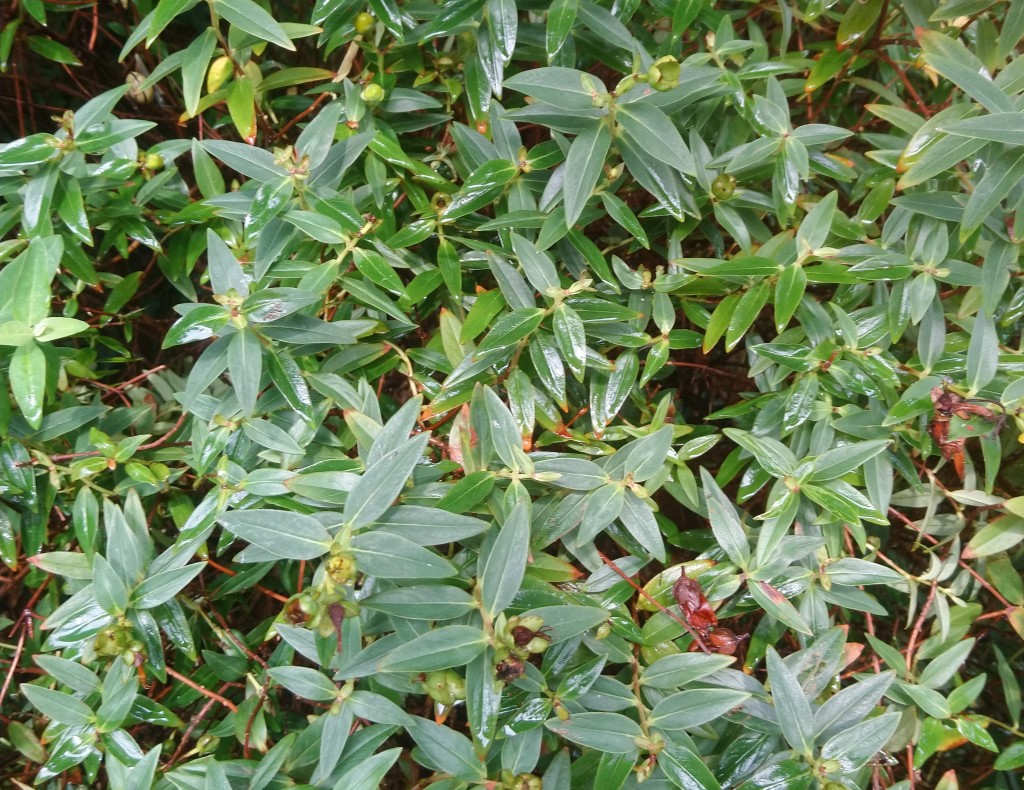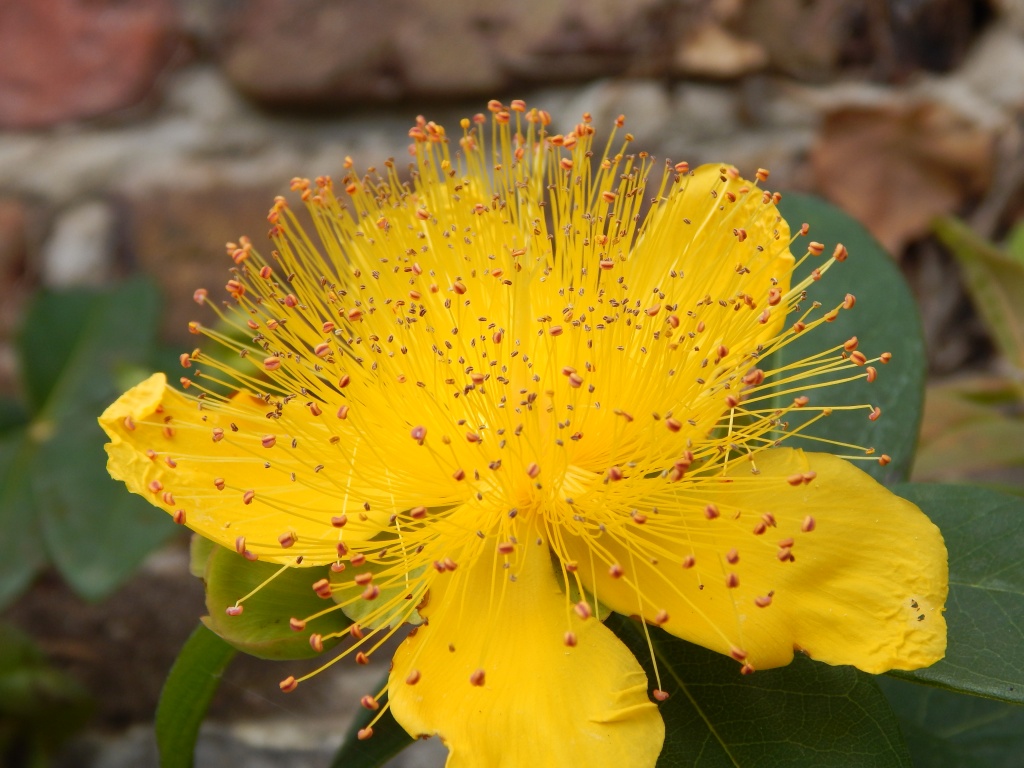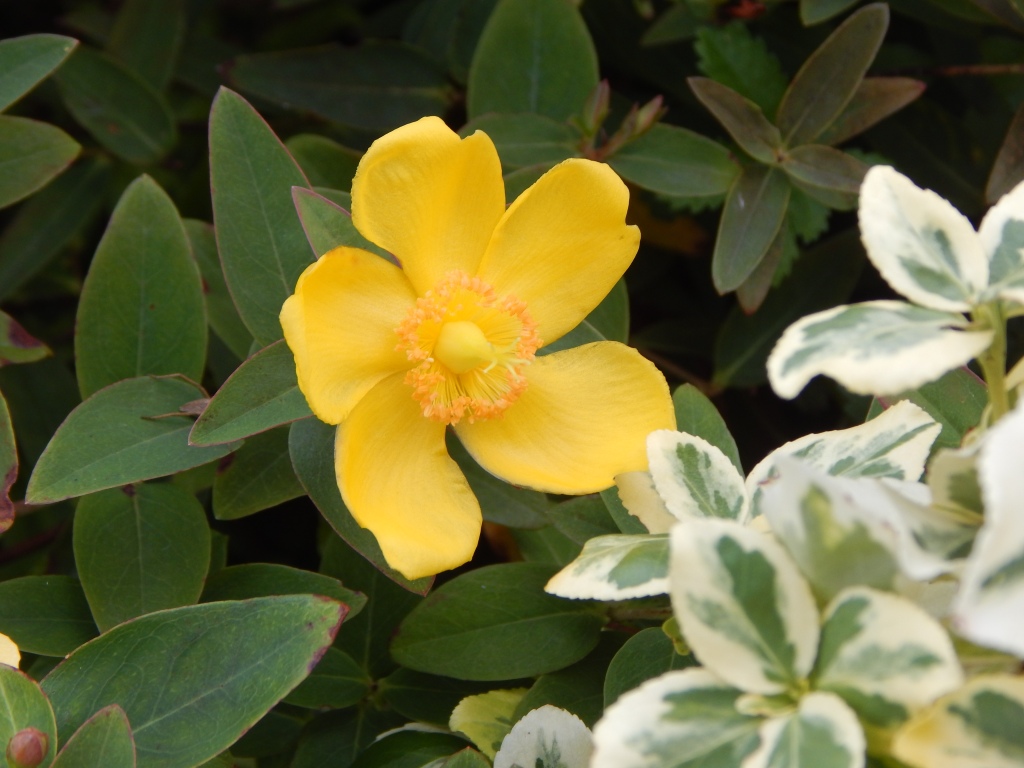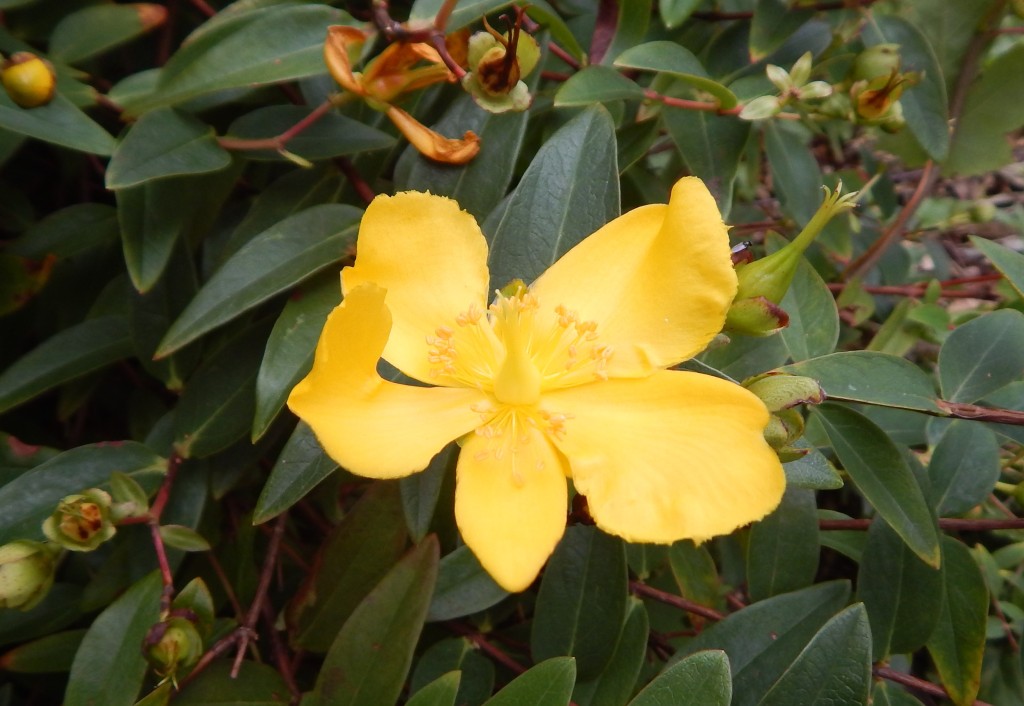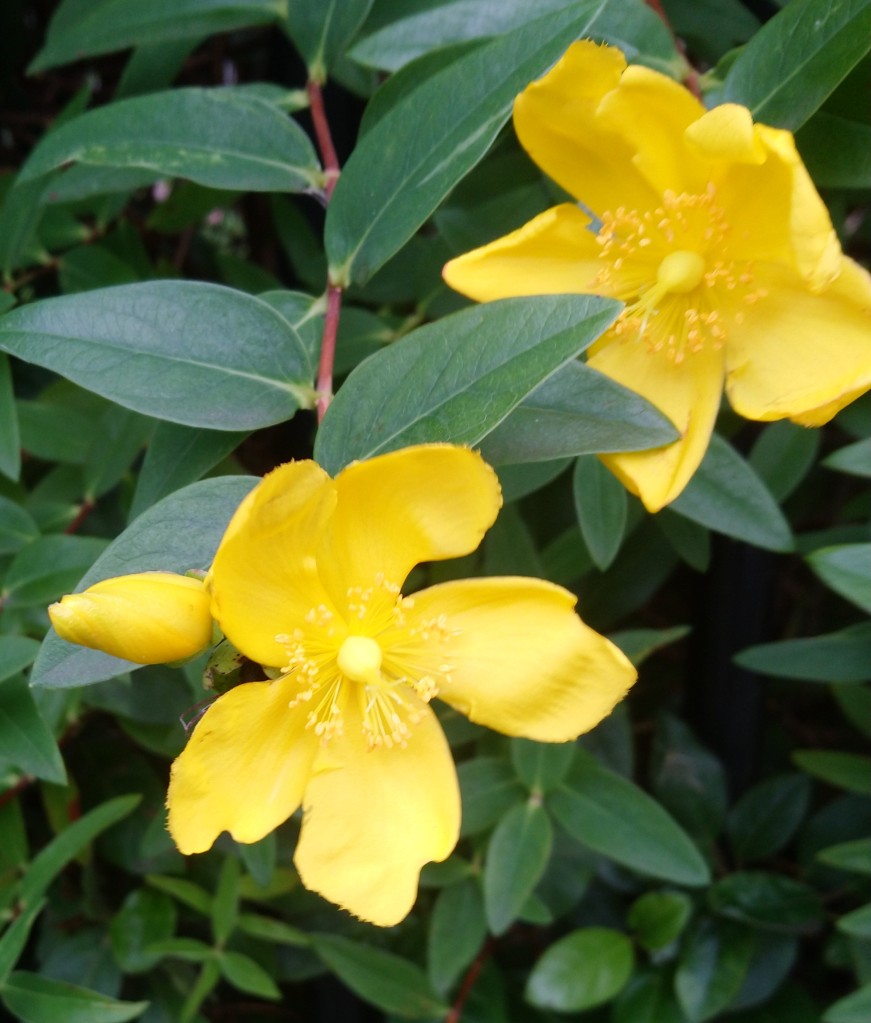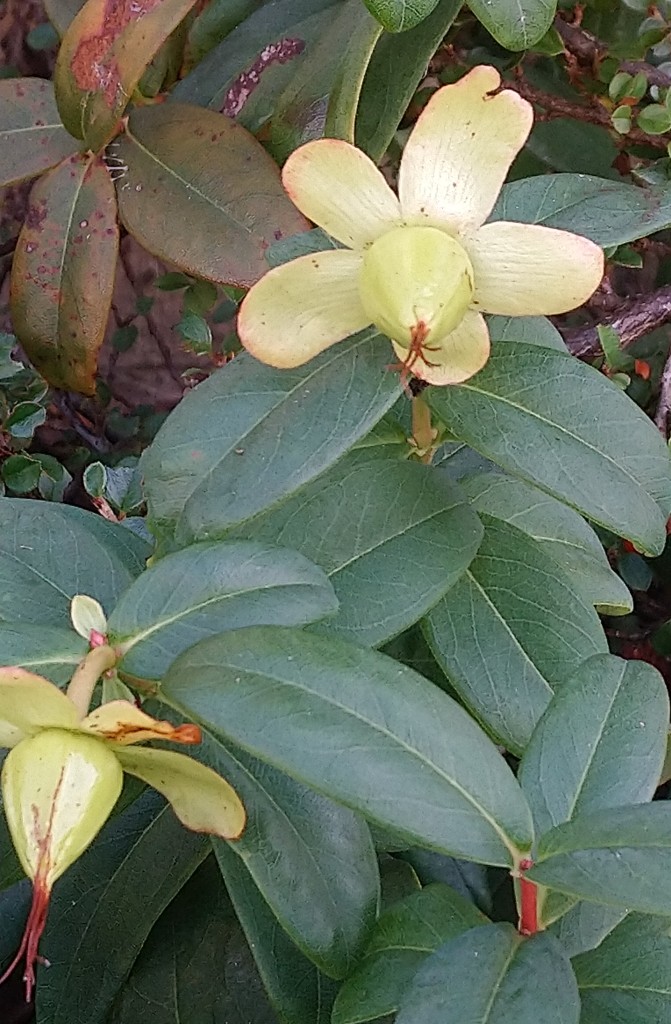
[182] Hypericum perforatum, St John’s Wort
Introduction
Hypericum perforatum, St John’s Wort, is a creeping, low-growing wildflower with bright yellow flowers, common and widespread across Europe.
All five hundred species of Hypericum may be called St John’s Wort, so Hypericum perforatum is Common St John’s Wort or Perforate St John’s Wort.
Taxonomy
Kingdom – Plants
Division – Vascular Plants
Class – Angiosperms (Flowering Plants)
Order – Malphigiales
Family – Hypericaceae
Genus – Hypericum
Section – Hypericum
Subsection – Hypericum
Scientific Name – Hypericum perforatum
There are many hybrids and cultivars.
Name
This plant commonly flowers around Late June and is associated with St John’s Day on 24 June. It used to be hung on house doors on that day to ward off evil spirits. As for many plants the name St John’s Wort has spread to all species of Hypericum.
Description
In planning this blog, I have had to consider several times how to deal with species in the same genus. In most instances I keep them together in one post. But I wanted to separate Rose of Sharon, Hypericum calycinum, the large bushy garden plant, from St John’s Wort, Hypericum perforatum, the low-growing wildflower.
The two species are obviously different in real life but the differences are not so obvious in close-up pictures.
If you examine them closely, the leaves of Hypericum perforatum have a number of tiny dots that can give it a ‘perforated’ appearance.


Apart from that we can say that Common St John’s Wort is a smaller, lower, less significant version of Hypericum, with less flowers of a slightly less ornate form – but the same five-petalled yellow shape.

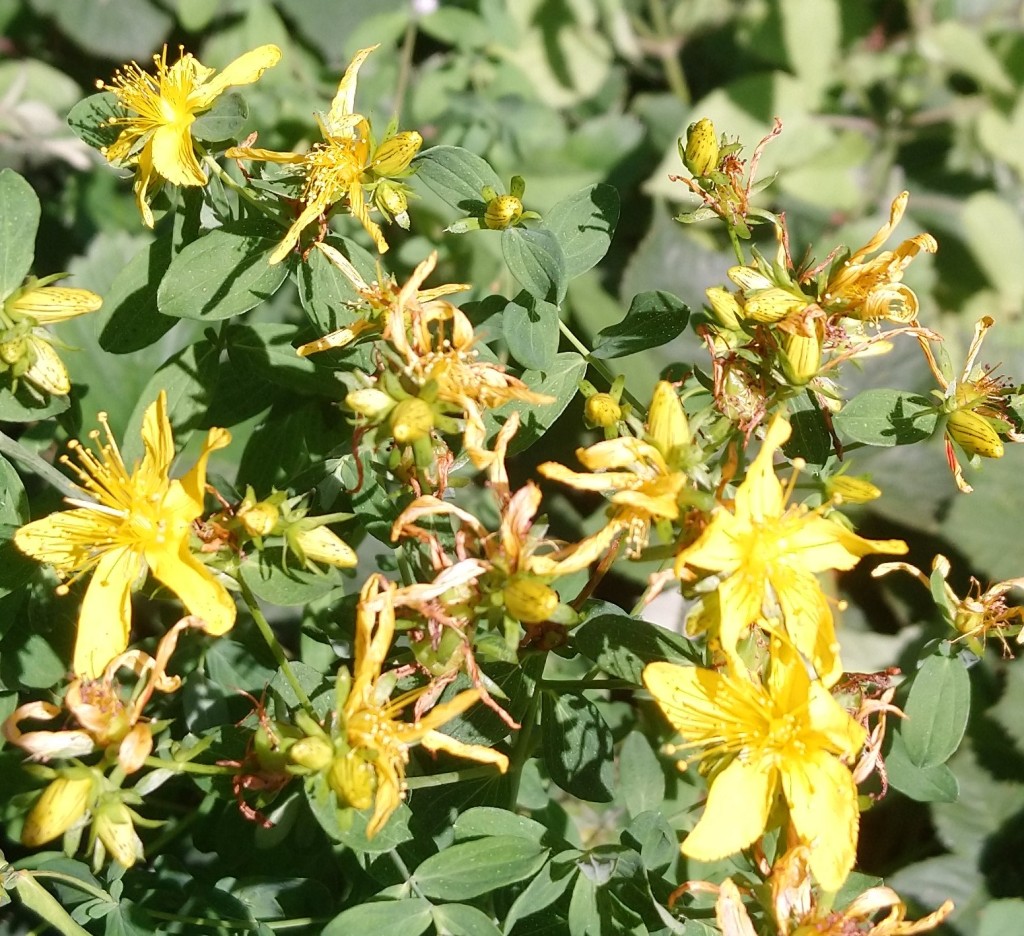


Flower buds and fruit capsules are both a purplish red colour.


Hypericum perforatum is believed to be hybrid species that arose naturally between Hypericum maculatum and Hypericum attenuatum, perhaps in Siberia where the two original species were native.
Habitat and use
Hypericum perforatum is native to temperate Eurasia but has spread and is considered invasive in North America and many other countries.
In large doses it can be poisonous to livestock such as [130] Horses;[245] Sheep; and [054] Cattle.
It has been used in traditional medicine as noted yesterday for [181] Rose of Sharon.
Other Notes
I suppose another difference is that this plant appears in open spaces with other wildflowers unlike Rose of Sharon, which is found in gardens. There are cultivated varieties of Hypericum perforatum.
See also
I suppose [114] Shrubby Cinquefoil is superficially similar, but not a close relative.

